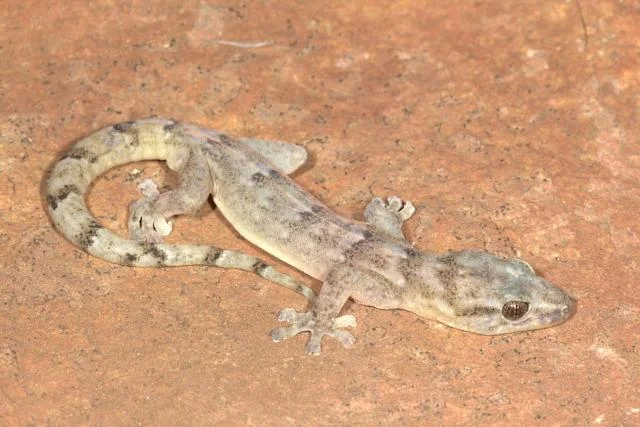
Rediscovery Of The Blyde Rondavel Gecko: A Hopeful Tale From The South African Wilderness
In a thrilling turn of events, a tiny lizard thought to be extinct for over three decades has been rediscovered in a remote canyon in South Africa. The elusive Blyde Rondavel flat gecko, which had not been observed since its initial identification in 1991, has once again basked in the spotlight, highlighting the importance of biodiversity and conservation efforts.
Researchers from the Endangered Wildlife Trust (EWT), led by dedicated scientists Darren Pietersen and John Davies, embarked on an expedition this past April to the Blyde River Canyon. Their mission was clear: to seek the gecko that had become a symbol of conservation mysteries long left unsolved. The gecko’s existence had remained uncertain, leading many to question whether it was an entirely unique species or merely a juvenile of another.

The expedition was two years in the making, involving numerous permit applications and meticulous planning. Arriving at the distinct rocky outcrop where the gecko was last found, the researchers faced a race against time, with only three days to camp and conduct their search. With sheer cliffs towering above and harsh wilderness terrain, the team knew that their chance of success was anything but guaranteed.
However, their perseverance paid off when they encountered 20 to 30 specimens, ultimately capturing and photographing seven. Dr. Pietersen expressed his elation upon rediscovering the gecko, a moment that not only celebrated a significant find but also reaffirmed the presence of biodiversity that conservationists strive to protect.

The rediscovery is a crucial victory for conservationists, not only providing tangible evidence of the gecko's existence but also reinforcing its status as a distinct species. According to the International Union for Conservation of Nature, the Blyde Rondavel gecko was previously classified as "data deficient," a classification that underscores the challenges faced in understanding and protecting our planet's biodiversity.
This discovery is part of a larger narrative of re-emergence, with the EWT sharing that it marks the fifth animal rediscovered in recent years. The plight of biodiversity is an urgent call to action, emphasizing that there is still much to learn about our world's ecosystems.
As we celebrate this remarkable finding, it poses an important question: how can we further protect these delicate ecosystems to prevent future extinctions? We invite our readers to share their thoughts and engage with us in discussing the value of conservation efforts today.